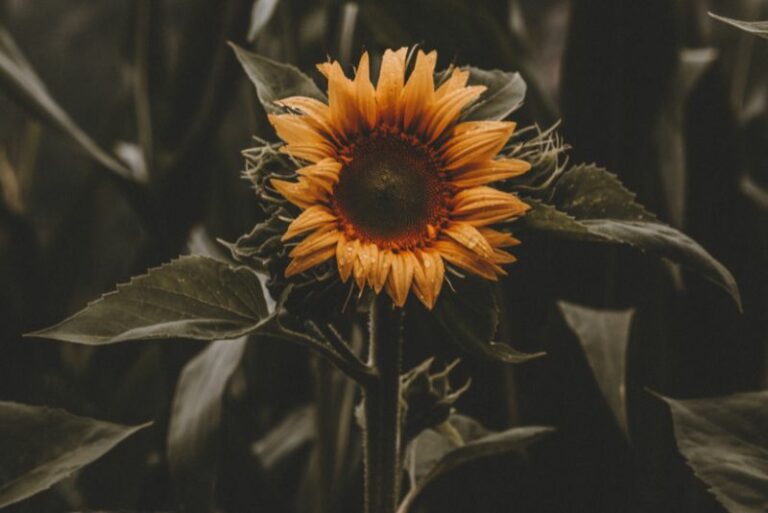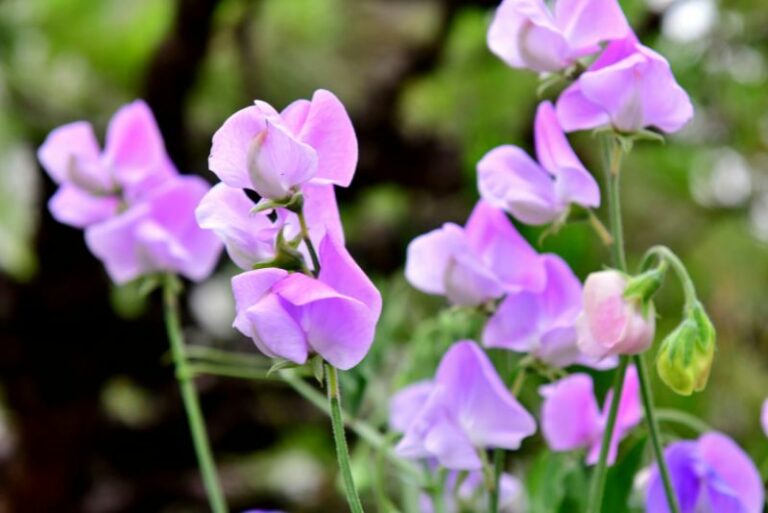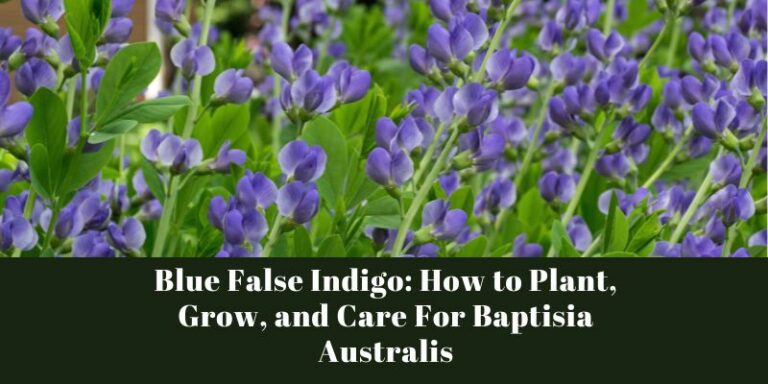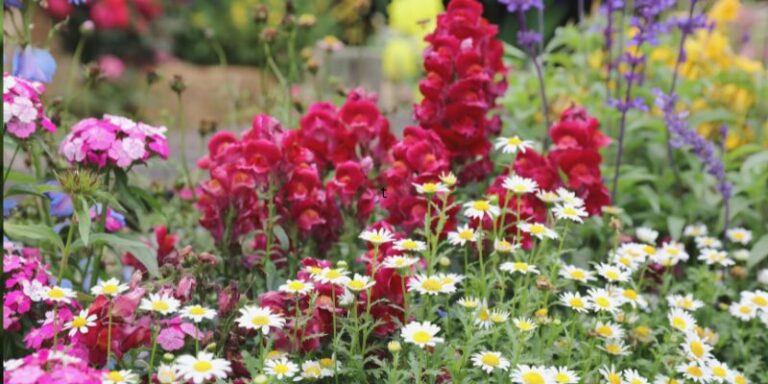Hyacinth Flowers: Growing and Care Guide
Hyacinth flowers evoke the essence of spring with their vibrant colors, lush clusters, and a fragrance that promises the coming of brighter days. As a favorite among gardening enthusiasts and flower lovers, the hyacinth stands as a testament to the artistry of nature. This comprehensive guide divulges the secrets to cultivating these treasured blooms in your own oasis. Whether you’re an experienced horticulturist or just starting to nurture your green thumb, this post is tailored to provide you with actionable tips on growing and caring for hyacinth flowers that will flourish season after season.
Understanding Hyacinth Flowers

Before you can successfully cultivate hyacinth flowers, it’s essential to learn the basics. Hyacinths are a genus of bulbous flowering plants in the family Asparagaceae, subfamily Scilloideae. There are a vast array of hyacinth varieties that can produce blooms in an array of colors like vibrant blues, rich purples, pretty pinks, cheerful yellows, and whites that almost glow against their dark green leaves. Each color may have its own significance; for example, blue hyacinths are often associated with a calming and peaceful energy, while pink petals can symbolize love and affection. Understanding these floral traits can help you select the varieties that best complement your garden or home.
Growing Hyacinths
Planting Hyacinth Bulbs
The timing of planting your hyacinth bulbs is crucial for a healthy start. As a rule of thumb, the best period is in the fall, well before the ground freezes over, to ensure they have time to develop roots. When choosing a site, opt for a location with well-drained soil that receives full or at least partial sunlight. Plant the bulbs at a depth of about 4 to 6 inches and space them apart by 6 inches. Remember to place them with the pointed side facing up and the roots down to establish them efficiently.
Soil and Sunlight
Hyacinths prefer fertile, well-drained soil. The acidity of the soil is a less discussed but important factor that can affect the color of flowers. To achieve the ideal balance, add organic matter to the soil to improve its structure and nutrient content. Sunlight is key for the growth of healthy blooms. They need at least six hours of direct sunlight each day, so make sure the planted area is conducive to their need for light.
Watering Tips
Once hyacinth bulbs are planted, give them a good watering to help them settle and begin growing roots. When the soil is dry to the touch, water them again, ensuring the soil is moist but not waterlogged. Overwatering can cause the bulbs to rot, so always check the soil moisture to avoid this pitfall.
Caring for Hyacinths
Maintenance and Feeding
As your hyacinths grow, it’s important to keep the area around them weed-free. Weeds can compete for nutrients and water, so removing them will allow your bulbs to thrive. To encourage robust blooms, feed your hyacinths with a bulb fertilizer in the spring as they begin to grow and flower. Remember, healthy bulbs will produce more flowers in the following years, so don’t skip this step.
Pruning and Deadheading
Pruning hyacinths involves cutting the flower stalk after the blooms have faded but before they go to seed. This practice, known as deadheading, redirects the energy back into the bulbs to ensure a good display the next year. It also maintains the tidy appearance of the plant. Be sure to use trimmed flowers as cut flowers in a vase for a touch of natural elegance indoors.
Pest and Disease Control
Hyacinths are relatively low-maintenance, but they are not immune to pests and diseases. Common pests like aphids or snails may sometimes attack the plants. Use organic control methods or insecticidal soaps to manage infestations. Keep an eye out for signs of fungal diseases, especially in damp conditions, and if spotted, remove and destroy affected plants to prevent the spread.
Seasonal Considerations
Caring for hyacinths means being aware of their needs throughout the year. During the growing season, ensure they have the proper watering and nutrient levels they need. As they bloom, enjoy the spectacle and consider how you can support their health for the future. After they have completed their flowering, the bulbs are building up resources for the next year, so don’t disturb the leaves or cut them back until they have turned yellow and died back naturally. If you need to replant, do so when the foliage has withered to avoid damaging next year’s bloom.
Enhancing Visual Appeal
Hyacinths are not just a delightful addition to any garden; they also have an aesthetic that can be played with artistically. Their vibrant colors and compact bunches offer great potential for eye-catching displays. Plant them in clusters or rows for an expansive burst of color. Consider also mixing different colors and varieties, or pairing them with other spring-blooming bulbs for a varied and continuous show in your garden.
Troubleshooting Common Issues
Diseases
Fungal diseases like gray mold or basal rot can affect hyacinths, especially in damp or crowded conditions. To combat these, ensure you plant your bulbs in well-drained soil and in a location that gets good airflow. If you suspect your hyacinths are diseased, it’s best to remove and destroy affected plants, as some fungal spores can remain in the soil and infect future plantings.
Wilting
If your hyacinths are wilting, it could be due to a few different factors. One common cause is overwatering. Make sure you’re checking the soil moisture before watering and that you’re not letting them sit in waterlogged soil. Another issue could be if the bulbs have been planted too shallow. The soil around the bulbs dries out too fast and the plant struggles to get enough water. When installing bulbs, aim for the 6-inch depth and consider adding mulch to help retain moisture.
Pests
Hyacinths can occasionally be attacked by pests such as aphids, which can cause wilting and stunted growth. Look for aphids on the undersides of the leaves and on the flower stalks. Use a gentle stream of water to dislodge them, or consider introducing natural predators like ladybugs. For more troublesome infestations, a targeted insecticidal soap or neem oil can be used, following the directions carefully to avoid harming beneficial insects.
Conclusion
Cultivating hyacinth flowers is a rewarding pursuit that connects us to the cycles of nature and the joy of witnessing life bloom. By following the guidelines in this post, you’re not only enriching your surroundings with beauty but also honing valuable skills as a gardener. Whether you’re tending to a small flower bed or engaging in community gardening projects, the experience with hyacinths promises the kind of fulfillment that only comes with watching something flourish under your care.
Armed with this knowledge, you are now equipped to grow and care for hyacinth flowers, transforming your garden into a sanctuary of color and fragrance. Your hyacinth garden will not only be a personal oasis but will also inspire others to connect with nature’s timeless beauty. Remember, the efforts you put into nurturing your plants today will bloom into rich rewards tomorrow. As poets and gardeners have long known, with patience and love, even the simplest of bulbs can yield the most profound of flowers. Now, it’s your turn to bring the splendor of hyacinths to life.






